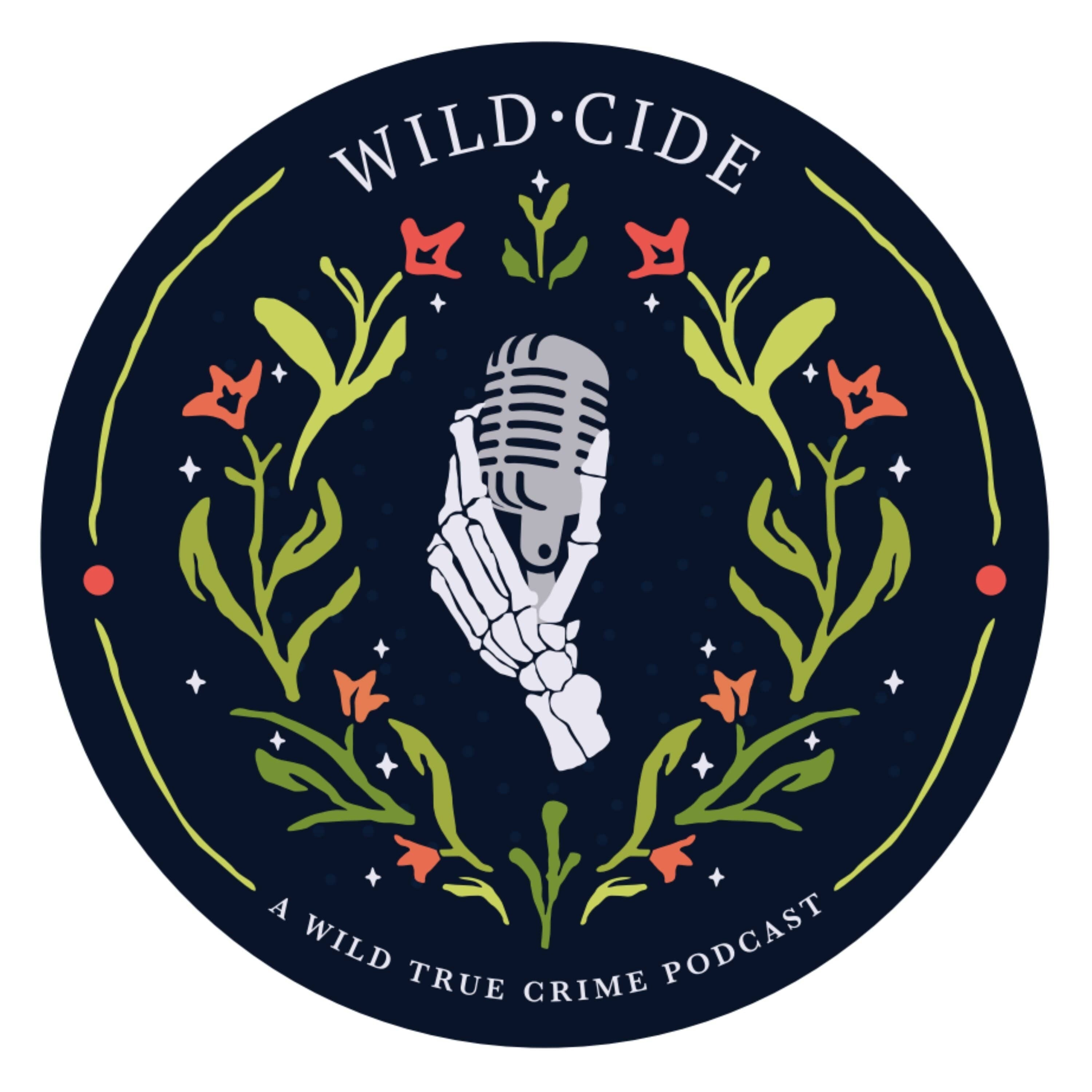

Adolescent Offender: The Hunter Heckel Case
Trigger Warning: This episode contains detailed discussion of sexual assault involving minors and may be distressing to some listeners. In 2021, two assaults inside Loudoun County schools ignited one of the most divisive moral panics in modern America. The perpetrator—a sixteen-year-old named Hunter Heckel—became the face of a national storm that fused crime, politics, and gender identity into a single explosive narrative. Parents demanded answers. News outlets circled like vultures. And in the chaos, one crucial truth disappeared: Hunter Heckel was still a child—both culpable and still developing, guilty and yet unfinished. Through psychological and sociological lenses, Bailey and Chelsea unravel how a local tragedy metastasized into national outrage. They examine the closed-door world of juvenile justice, where rehabilitation battles public fury, and explore the moral panic that turned a courtroom into a cultural warzone. Drawing from neuroscience, social theory, and real juvenile justice policy, the hosts dissect what happens when fear becomes the loudest voice—and what it costs the victims, the families, and the future of every child caught in between. This episode forces a difficult question: When a teenager commits an adult crime, can society still believe in redemption? Thanks for listening! If you want to support us, subscribe, rate and review on your favorite podcast listening app! Want to recommend a wild case or just give s a shout?Contact us at Wildcidepodcast@gmail.com For Wildcider Merch, visit www.wildcidepodcast.com Find us on Facebook@ Wildcide Podcast. Follow us on Instagram @wildcidepodcast PS: Don’t forget Wildcide Wednesdays- new episodes drop every Wednesday at 6am EST. Interviews will drop every other Friday at 6am EST. Background music by Brad Parsons at Train Sound Studio. Art for the podcast was created by Kelly Steen. References: Borduin, C. M., Schaeffer, C. M., & Heiblum, N. (2009). A randomized clinical trial of Multisystemic Therapy with juvenile sexual offenders: Effects on youth social ecology and recidivism. Journal of Consulting and Clinical Psychology, 77(1), 26–37. Letourneau, E. J., & Borduin, C. M. (2010). The effective treatment of juveniles who sexually offend: An ethical imperative. Ethics & Behavior, 20(6), 451–461. Letourneau, E. J., & Caldwell, M. F. (2013). Expanding the focus of juvenile sex offender management: Implications for prevention, treatment, and policy. Psychology, Public Policy, and Law, 19(4), 512–526. Reitzel, L. R., & Carbonell, J. L. (2006). The effectiveness of sexual offender treatment for juveniles: A meta-analysis. Sexual Abuse: A Journal of Research and Treatment, 18(4), 401–421. SMART Office, U.S. Department of Justice. (2021). Sex Offender Management Assessment and Planning Initiative (SOMAPI): Juvenile treatment summary. Steinberg, L. (2017). Adolescence (11th ed.). McGraw-Hill. Cohen, S. (1972). Folk Devils and Moral Panics. Routledge. Erikson, E. H. (1968). Identity: Youth and Crisis. W. W. Norton.
Episode Details
About This Episode
Trigger Warning: This episode contains detailed discussion of sexual assault involving minors and may be distressing to some listeners. In 2021, two assaults inside Loudoun County schools ignited one of the most divisive moral panics in modern America. The perpetrator—a sixteen-year-old named Hunter Heckel—became the face of a national storm that fused crime, politics, and gender identity into a single explosive narrative. Parents demanded answers. News outlets circled like vultures. And in the ...